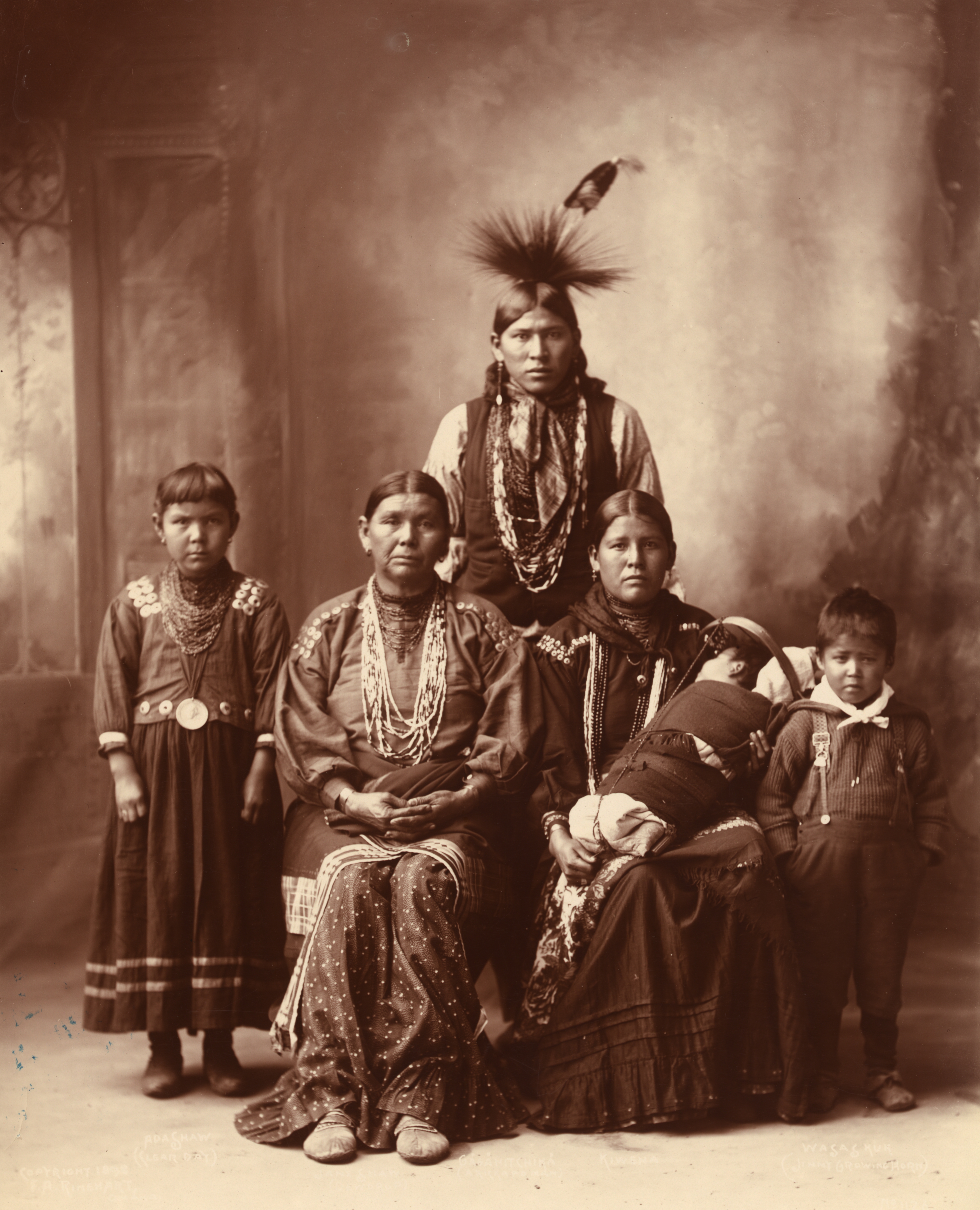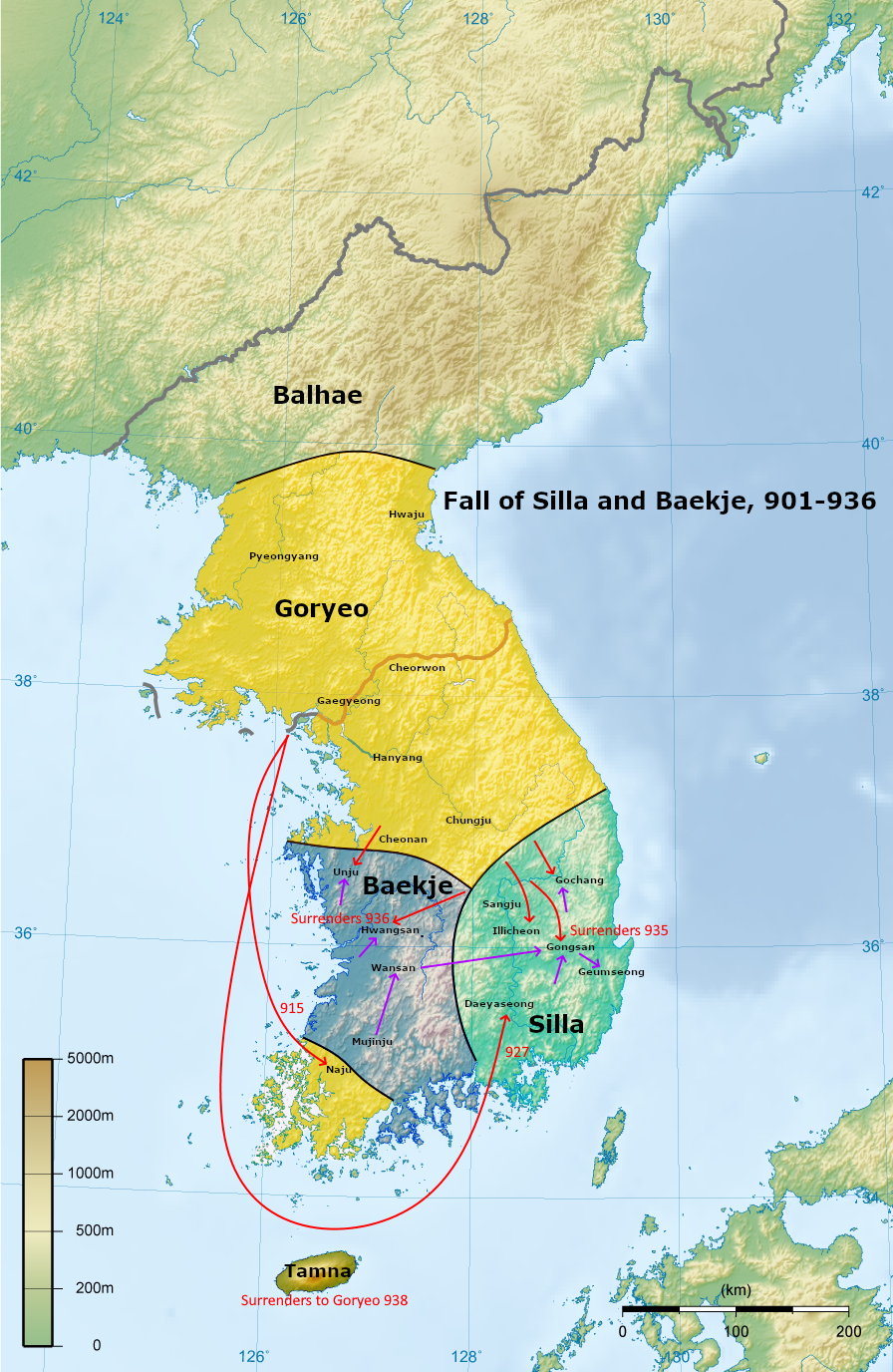|
Pungsan Sim Clan
Pungsan Sim clan () was one of the Korean clans. Their Bon-gwan was in Andong, North Gyeongsang Province. According to the research in 2015, the number of Pungsan Sim clan was 11187. Their founder was who was from Zhejiang. He visited Goryeo for business in 1110 and was settled in Pungsan. He excelled at literature. He was appointed as Minister of Rites () because he won the Yejong of Goryeo’s favor. His descendant began Pungsan Sim clan and made Pungsan their Bon-gwan. See also * Korean clan names of foreign origin References External links * {{Cite book, author=, date=, title=Doosan Encyclopedia 외래귀화성씨 外來歸化姓氏, publisher=Doosan Encyclopedia ''Doosan Encyclopedia'' is a Korean language encyclopedia published by Doosan Donga (두산동아). The encyclopedia is based on the ''Dong-A Color Encyclopedia'' (동아원색세계대백과사전), which comprises 30 volumes and began to be p ..., url=http://terms.naver.com/entry.nhn?docId=1129680&cid= ... [...More Info...] [...Related Items...] OR: [Wikipedia] [Google] [Baidu] |
Family
Family (from la, familia) is a group of people related either by consanguinity (by recognized birth) or affinity (by marriage or other relationship). The purpose of the family is to maintain the well-being of its members and of society. Ideally, families offer predictability, structure, and safety as members mature and learn to participate in the community. Historically, most human societies use family as the primary locus of attachment, nurturance, and socialization. Anthropologists classify most family organizations as matrifocal (a mother and her children), patrifocal (a father and his children), conjugal (a wife, her husband, and children, also called the nuclear family), avuncular (a man, his sister, and her children), or extended (in addition to parents and children, may include grandparents, aunts, uncles, or cousins). The field of genealogy aims to trace family lineages through history. The family is also an important economic unit studied in family economics. ... [...More Info...] [...Related Items...] OR: [Wikipedia] [Google] [Baidu] |
Royal House
A dynasty is a sequence of rulers from the same family,''Oxford English Dictionary'', "dynasty, ''n''." Oxford University Press (Oxford), 1897. usually in the context of a monarchical system, but sometimes also appearing in republics. A dynasty may also be referred to as a "house", "family" or "clan", among others. Historians periodize the histories of many states and civilizations, such as Ancient Iran (3200 - 539 BC), Ancient Egypt (3100 – 30 BC) and Ancient and Imperial China (2070 BC – AD 1912), using a framework of successive dynasties. As such, the term "dynasty" may be used to delimit the era during which a family reigned. Before the 18th century, most dynasties throughout the world have traditionally been reckoned patrilineally, such as those that follow the Frankish Salic law. In polities where it was permitted, succession through a daughter usually established a new dynasty in her husband's family name. This has changed in all of Europe's remaining ... [...More Info...] [...Related Items...] OR: [Wikipedia] [Google] [Baidu] |
Noble Family
Nobility is a social class found in many societies that have an aristocracy. It is normally ranked immediately below royalty. Nobility has often been an estate of the realm with many exclusive functions and characteristics. The characteristics associated with nobility may constitute substantial advantages over or relative to non-nobles or simply formal functions (e.g., precedence), and vary by country and by era. Membership in the nobility, including rights and responsibilities, is typically hereditary and patrilineal. Membership in the nobility has historically been granted by a monarch or government, and acquisition of sufficient power, wealth, ownerships, or royal favour has occasionally enabled commoners to ascend into the nobility. There are often a variety of ranks within the noble class. Legal recognition of nobility has been much more common in monarchies, but nobility also existed in such regimes as the Dutch Republic (1581–1795), the Republic of Genoa (1005–1 ... [...More Info...] [...Related Items...] OR: [Wikipedia] [Google] [Baidu] |
Korea
Korea ( ko, 한국, or , ) is a peninsular region in East Asia. Since 1945, it has been divided at or near the 38th parallel, with North Korea (Democratic People's Republic of Korea) comprising its northern half and South Korea (Republic of Korea) comprising its southern half. Korea consists of the Korean Peninsula, Jeju Island, and several minor islands near the peninsula. The peninsula is bordered by China to the northwest and Russia to the northeast. It is separated from Japan to the east by the Korea Strait and the Sea of Japan (East Sea). During the first half of the 1st millennium, Korea was divided between three states, Goguryeo, Baekje, and Silla, together known as the Three Kingdoms of Korea. In the second half of the 1st millennium, Silla defeated and conquered Baekje and Goguryeo, leading to the " Unified Silla" period. Meanwhile, Balhae formed in the north, superseding former Goguryeo. Unified Silla eventually collapsed into three separate states due ... [...More Info...] [...Related Items...] OR: [Wikipedia] [Google] [Baidu] |
Andong
Andong () is a city in South Korea, and the capital of North Gyeongsang Province. It is the largest city in the northern part of the province with a population of 167,821 as of October 2010. The Nakdong River flows through the city. Andong is a market centre for the surrounding agricultural areas. Since the 1970s Andong has developed rapidly, although the population has fallen by nearly seventy thousand as people have moved away to Seoul, Busan, Daegu and other urban centres. In the late 1990s and early 2000s it became a tourism and cultural center. Andong is known as a centre of culture and folk traditions. The surrounding area maintains many types of traditions and the Andong Folk Festival is held in mid October every year. One of the most famous aspects of these cultural festivities are the Andong masks. Andong National University, specialising in education and Korean folklore, has grown rapidly since the 1970s. Other tertiary institutions include Andong Science College a ... [...More Info...] [...Related Items...] OR: [Wikipedia] [Google] [Baidu] |
Shim Hyung-tak
Shim Hyung-tak (born January 12, 1978) is a South Korean actor. He starred in Korean dramas such as '' The Road Home'' (2009), '' Three Sisters'' (2010), '' Welcome Rain to My Life'' (2012), '' You Are the Boss!'' (2013), '' Let's Eat'' (2014), ''Miss Mamma Mia ''Miss Mamma Mia'' () is a 2015 South Korean television series starring Kang Byul, Han Go-eun, Shim Hyung-tak and Seo Do-young. It aired on KBS Drama on Wednesdays to Thursdays at 23:00 for 12 episodes beginning January 28, 2015. Plot Seo Young ...'' (2015), and Touch Your Heart (2019). He is famous for Doraemon Mania. Filmography Television series Film Variety show Music video Musical theatre Awards and nominations References External linksShim Hyung-takat GnG Production * * * {{DEFAULTSORT:Shim, Hyung-tak 1978 births Living people 20th-century South Korean male actors 21st-century South Korean male actors South Korean male television actors South Korean male film actors South ... [...More Info...] [...Related Items...] OR: [Wikipedia] [Google] [Baidu] |
Korean Clans
Bon-gwan (or Bongwan) is the concept of clan in Korea, which is used to distinguish clans that happen to share the same family name (clan name). Since Korea has been traditionally a Confucian country, this clan system is similar to ancient Chinese distinction of clan names or ''xing'' (姓) and lineage names or ''shi'' (氏). The ''bong-wan'' system identifies descent groups by geographic place of origin. A Korean clan is a group of people that share the same paternal ancestor and is indicated by the combination of a ''bong-wan'' and a family name (clan name). However, a ''bon-gwan'' is not treated as a part of a Korean person's name. The ''bon-gwan'' and the family name are passed on from a father to his children, thus ensuring that person in the same paternal lineage sharing the same combination of the ''bon-gwan'' and the family name. A ''bon-gwan'' does not change by marriage or adoption. ''Bon-gwan'' are used to distinguish different lineages that bear the same family na ... [...More Info...] [...Related Items...] OR: [Wikipedia] [Google] [Baidu] |
North Gyeongsang Province
North Gyeongsang Province ( ko, 경상북도, translit=Gyeongsangbuk-do, ) is a province in eastern South Korea. The province was formed in 1896 from the northern half of the former Gyeongsang province, and remained a province of Korea until the country's division in 1945, then became part of South Korea. Daegu was the capital of North Gyeongsang Province between 1896 and 1981, but has not been a part of the province since 1981. In 2016, the provincial capital moved from Daegu to Andong. The area of the province is , 19.1 percent of the total area of South Korea. Geography and climate The province is part of the Yeongnam region, on the south by Gyeongsangnam-do, on the west by Jeollabuk-do and Chungcheongbuk-do Provinces, and on the north by Gangwon-do Province. During the summer, North Gyeongsang Province is perhaps the hottest province in South Korea. This is helped by the fact that the province is largely surrounded by mountains: the Taebaek Mountains in the east and ... [...More Info...] [...Related Items...] OR: [Wikipedia] [Google] [Baidu] |
Zhejiang
Zhejiang ( or , ; , also romanized as Chekiang) is an eastern, coastal province of the People's Republic of China. Its capital and largest city is Hangzhou, and other notable cities include Ningbo and Wenzhou. Zhejiang is bordered by Jiangsu and Shanghai to the north, Anhui to the northwest, Jiangxi to the west and Fujian to the south. To the east is the East China Sea, beyond which lies the Ryukyu Islands. The population of Zhejiang stands at 64.6 million, the 8th highest among China. It has been called 'the backbone of China' due to being a major driving force in the Chinese economy and being the birthplace of several notable persons, including the Chinese Nationalist leader Chiang Kai-shek and entrepreneur Jack Ma. Zhejiang consists of 90 counties (incl. county-level cities and districts). The area of Zhejiang was controlled by the Kingdom of Yue during the Spring and Autumn period. The Qin Empire later annexed it in 222 BC. Under the late Ming dynasty and ... [...More Info...] [...Related Items...] OR: [Wikipedia] [Google] [Baidu] |
Goryeo
Goryeo (; ) was a Korean kingdom founded in 918, during a time of national division called the Later Three Kingdoms period, that unified and ruled the Korean Peninsula until 1392. Goryeo achieved what has been called a "true national unification" by Korean historians as it not only unified the Later Three Kingdoms but also incorporated much of the ruling class of the northern kingdom of Balhae, who had origins in Goguryeo of the earlier Three Kingdoms of Korea. The name "Korea" is derived from the name of Goryeo, also spelled Koryŏ, which was first used in the early 5th century by Goguryeo. According to Korean historians, it was during the Goryeo period that the individual identities of Goguryeo, Baekje, and Silla were successfully merged into a single entity that became the basis of modern-day ' Korean' identity. Throughout its existence, Goryeo, alongside Unified Silla, was known to be the "Golden Age of Buddhism" in Korea. As the state religion, Buddhism achieved its ... [...More Info...] [...Related Items...] OR: [Wikipedia] [Google] [Baidu] |
Yejong Of Goryeo
Yejong of Goryeo (11 February 1079 – 15 May 1122) (r. 1105–1122) was the 16th monarch of the Korean Goryeo dynasty. He was the eldest son of King Sukjong and Queen Myeongui, and succeeded to the throne upon his father's death. His reign is usually described as one of the most splendid periods of Goryeo, during which the arts and philosophy flourished, and military strengthening policies were implemented to ensure border security. Early years Yejong was born Wang U in 1079, the thirty-third year of his grandfather King Munjong's reign. He was the eldest son of King Sukjong, who took the throne in 1095 after a coup against King Heonjong, and of Queen Myeongui. He was made crown prince in 1100, aged 21, and became king in 1105 when Sukjong died returning from Jangnak Palace in Seogyeong. Foreign relations As soon as he ascended the throne, Yejong found himself having to face the conflict with the Jurchens that broke out during his father's reign. By the end of the eleventh ... [...More Info...] [...Related Items...] OR: [Wikipedia] [Google] [Baidu] |




%2C_King_of_Wuyue.jpg)
